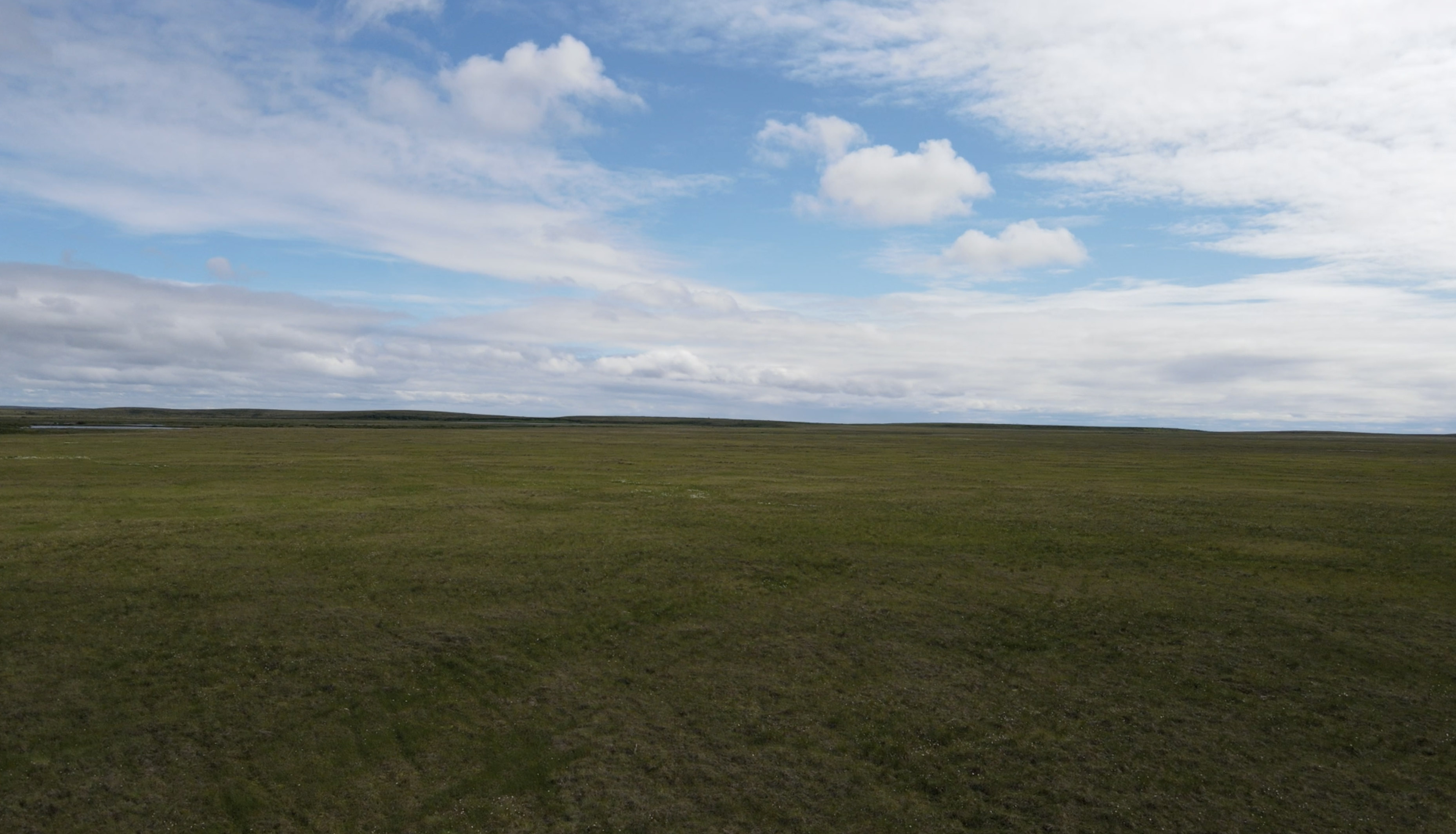Award to Create Environmental Justice Framework for Nuclear in Alaska

An award ACEP was granted earlier this year from the U.S. Department of Energy Nuclear Energy University Program will create an environmental justice framework for future nuclear energy deployments in Arctic communities and similar, historically underserved populations in the U.S.
The project is being led by Gwen Holdmann, UAF’s associate vice chancellor for research, innovation and industry partnerships, and Diane Hirshberg, director of UAA’s Institute of Social and Economic Research. They’ll work with colleagues from the Teaching Through Technology Alliance, Massachusetts Institute of Technology, Pacific Northwest National Laboratory and University of California, Berkeley. Other key collaborators include the Northwest Arctic Borough and Kotzebue Electric Association.
"This Nuclear Energy University Program award is an opportunity to engage communities directly in conversations about their energy futures, and address perceptions related to lingering environmental contamination associated with the ill-conceived Project Chariot,” said Holdmann. “In addition, we plan to expand our engagement with UAF's Teaching Through Technology to create a toolkit for student-led environmental sampling for contaminants.”
The four primary goals of the project include: (1) righting the historical wrong related to Project Chariot by identifying community members’ legacy perceptions related to Project Chariot and long-term risks to individual and community health and well-being, and correlating these with the official narrative; (2) empowering local communities by equipping them with the skills and tools to identify contamination and contamination vectors in their own environment by engaging local students in the T3 program; (3) assisting rural communities in shaping future narratives for self-determined energy pathways; and (4) modeling an approach that can inform similar engagements in other rural and Indigenous communities in Alaska and other U.S. locations, with an emphasis on creating methods that are appropriate and responsive to local cultures and conditions.
“We are fortunate to work with a strong team of local and national partners, including the Northwest Arctic Borough, NANA, UAA's Institute of Social and Economic Research, MIT, Pacific Northwest National Laboratory, and the University of California Berkeley," added Holdmann.
For more information on this project and small-scale nuclear research in Alaska, please contact Richelle Johnson at rmjohnson6@alaska.edu.
An aerial photograph of the tundra in Western Alaska. Photo by Amanda Byrd.


